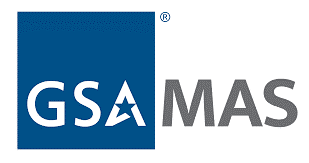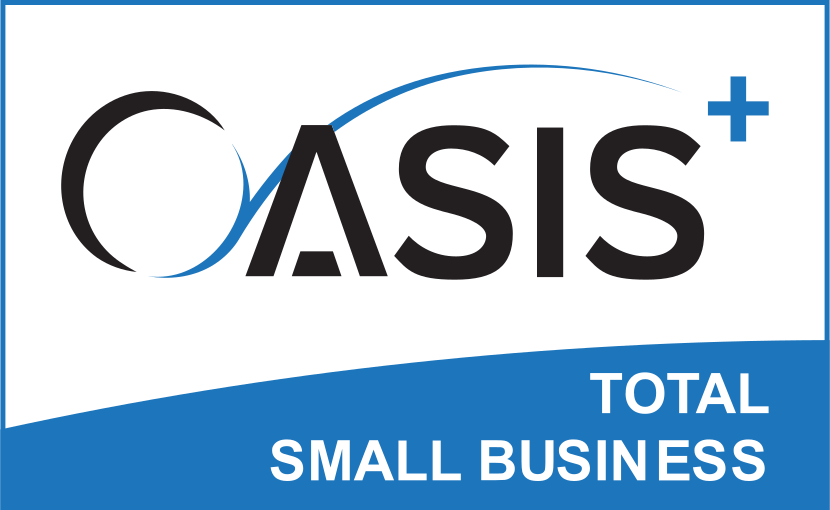Producing content costs time and money, yet the government would like to invest in publishing meaningful data and tracking its use. This means presenting data mandated by FOIA requests, executive orders and court rulings in a clear, detailed manner, minimizing the use of or reliance on irrelevant data.
Three basic principles should guide your organization’s content-creating process: auditing existing content for areas to clarify or revamp; dissecting key performance indicators (KPIs) to track the effectiveness of content; and using those KPIs to execute a content plan.

Step One: Audit Content
A content audit uncovers how much content you actually have and how it’s organized, and it helps you figure out what content you need to revise, archive, or create.
The Bureau of Labor Statistics publishes data to help everyone from the average citizen preparing for wage negotiations to agencies that need a broad view of the labor market to inform policy decisions. For such varied audiences, BLS can audit its content in different ways. One audit might analyze existing taxonomies that BLS uses to categorize its content, while another audit could explore how the website prominently features, or deeply hides, its most popular resources.
Your content audit will, hopefully, reveal all, and it will help you determine how to more effectively present your data to the public.
Step Two: Measure Effectiveness
You know your content is working when it helps the federal government communicate with the public in a meaningful way. Your website’s analytics give you the numbers behind this, including traffic referrals that come from third-party sources, like search engines or other websites, and how much time a user spends on your site. These KPIs tell you which content areas are most useful to audiences.
Referrals
With the start of the 2018 hurricane season, people will be searching for storm-related information. Since the USDA publishes disaster-preparedness data for the public, that agency might want to explore how major aid organizations and local news stations can drive more traffic to its site.
USDA webmasters could test ways to boost such traffic, such as issuing a release directly to local news organizations and examining the channels to see how news sources perform against other traffic sources. From there, administrators can make informed decisions about whether to publish a national press release and optimize that webpage for search engines, or to focus on getting the data directly to news organizations that might better amplify the message.
Engagement
Such engagement metrics as page views and bounce rates measure the online popularity of what you publish. The metrics for the top landing and exit pages can track where the visitor went your website and detail how users move through portal pages or directories and which pages are useful.
Measuring offline popularity and impact requires a different sort of creative thinking. For example, you can create an alert that measures how often a particular report is mentioned in the news. You also can create shareable URLs with parameters that label where traffic comes from to better track engagement from specific sources.
Step 3: Execute Your Content Plan
After you inventory your content and prioritize which KPIs to measure and test, you need an ongoing strategy to create, organize, and publish content that meets the public’s needs and serves your agency’s goals. The KPIs will guide you on what content to produce and on which high-traffic-yielding channels to promote it.
Your KPIs also might suggest how you can reorganize your website. You can reduce the volume of published content, which reduces clutter, improves page-optimization and accessibility, and puts relevant data close at hand for the public. Create a sitemap of your existing content to trim irrelevant and duplicate content, then identify popular content to update or make more relevant. Make sure the taxonomy, navigation, and topic categories help direct users to what they need in plain language vs. agency jargon.
How closely you align your message with the values of your organization and the needs of the public gives you a measure of the effectiveness of your content. Ultimately, the goal is to create better tools for the public to understand and use.



